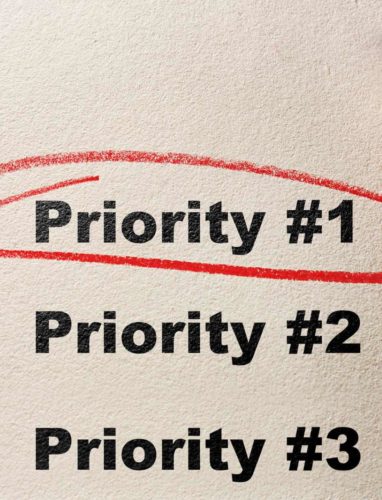
The average U.S. household owes over $5,500 in credit card debt.¹
Often, we may not even realize how much that borrowed money is costing us. High interest debt (like credit cards) can slowly suck the life out of your budget.
The average APR for credit cards is over 16% in the U.S.² Think about that for a second. If someone offered you a guaranteed investment that paid 16%, you’d probably walk over hot coals to sign the paperwork.
So here’s a mind-bender: Paying down that high interest debt isn’t the same as making a 16% return on an investment – it’s better.
Here’s why: A return on a standard investment is taxable, trimming as much as a third so the government can do whatever it is that governments do with the money. Paying down debt that has a 16% interest rate is like making a 20% return – or even higher – because the interest saved is after-tax money.
Like any investment, paying off high interest debt will take time to produce a meaningful return. Your “earnings” will seem low at first. They’ll seem low because they are low. Hang in there. Over time, as the balances go down and more cash is available every month, the benefit will become more apparent.
High Interest vs. Low Balance
We all want to pay off debt, even if we aren’t always vigilant about it. Debt irks us. We know someone is in our pockets. It’s tempting to pay off the small balances first because it’ll be faster to knock them out.
Granted, paying off small balances feels good – especially when it comes to making the last payment. However, the math favors going after the big fish first, the hungry plastic shark that is eating through your wallet, bank account, retirement savings, vacation plans, and everything else.³ In time, paying off high interest debt first will free up the money to pay off the small balances, too.
Summing It Up
High interest debt, usually credit cards, can cost you hundreds of dollars per year in interest – and that’s assuming you don’t buy anything else while you pay it off. Paying off your high interest debt first has the potential to save all of that money you’d end up paying in interest. And imagine how much better it might feel to pay off other debts or bolster your financial strategy with the money you save!
Sources: ¹ Frankel, Matthew. “Here’s the average American’s credit card debt — and how to get yours under control.” USA TODAY, 1.25.2017, https://usat.ly/2LkHX4n. ² Dilworth, Kelly. “Rate survey: Average card APR remains at 16.15 percent.” creditcards.com, 11.21.2017, https://bit.ly/2kbCRv3. ³ Berger, Bob. “Debt Snowball Versus Debt Avalanche: What The Academic Research Shows.” Forbes, 7.20.2017, https://bit.ly/2x9Q1lN.
